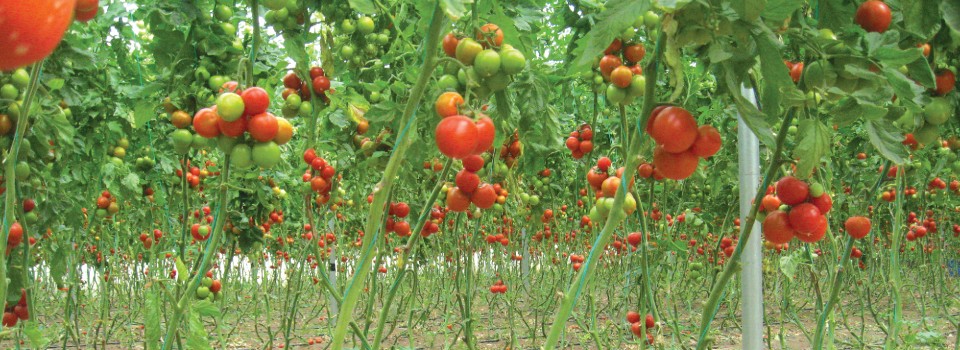HUMA GRO® is proud to be a member of the Agricultural Retailers Association (ARA). Their mission is: “The Agricultural Retailers Association (ARA) advocates, influences, educates and provides services to support its members in their quest to maintain a profitable business environment, adapt to a changing world and preserve their freedom to operate.”
Our mission is to provide technologically-advanced and ecologically sustainable quality products and services that replenish the earth by restoring water quality, reviving soil fertility, renewing food and fiber value, and refocusing engineered technologies; while minimizing human environmental impact and thereby enhancing the quality of life world-wide.
For over 40 years, since 1973 HUMA GRO® has been developing high efficiency liquid soil health and plant nutrition products. HUMA GRO® helps growers improve crop quality and yield with our Micro Carbon Technology®, which is contained in our sustainable soil and crop fertility products and optimal growth managers. By producing an abundance of a larger quantity of crops with HUMA GRO®, feeding the population becomes a reality. Together, the partnership can produce a win-win outcome for everyone including the consumer, grower, distributor, HUMA GRO®, and global communities.
Related Posts

Beef Is More Than a Business, It’s a Passion.
Beef Is More Than a Business, It’s a Passion. Few professions capture our imagination like ranching. There’s an undeniable romanticism attached to cowboy culture. Taylor Sheridan has made a career depicting it. And let’s be real, they don’t make movies or write songs about pork and poultry producers. Western lifestyle is at a fever pitch. Brands like Ariat and Wrangler are thriving. And so is the cattle industry. Beef prices are enjoying record highs. And when it comes to producing beef, nobody does it better than the American cowboy. US cattlemen produce over 21% of the world’s beef supply – 28 billion pounds annually – ranking #1 in the world. Yet they do it with just 6% of the world’s cattle herd.

This Week In Ag #91
There’s a new sheriff in town. Or at least an old one returning. And there’s new leadership in Congress. So how will the election results impact agriculture?

20th Annual Commodity Classic
Come see us at the 20th Annual Commodity Classic at the Phoenix Convention Center in Phoenix, Arizona, on February 26–28. Alan Merrill and Johann Buck, PhD, will be there in Booth 1438 to answer all of your Huma Gro questions. For more information, go to www.commodityclassic.com.



